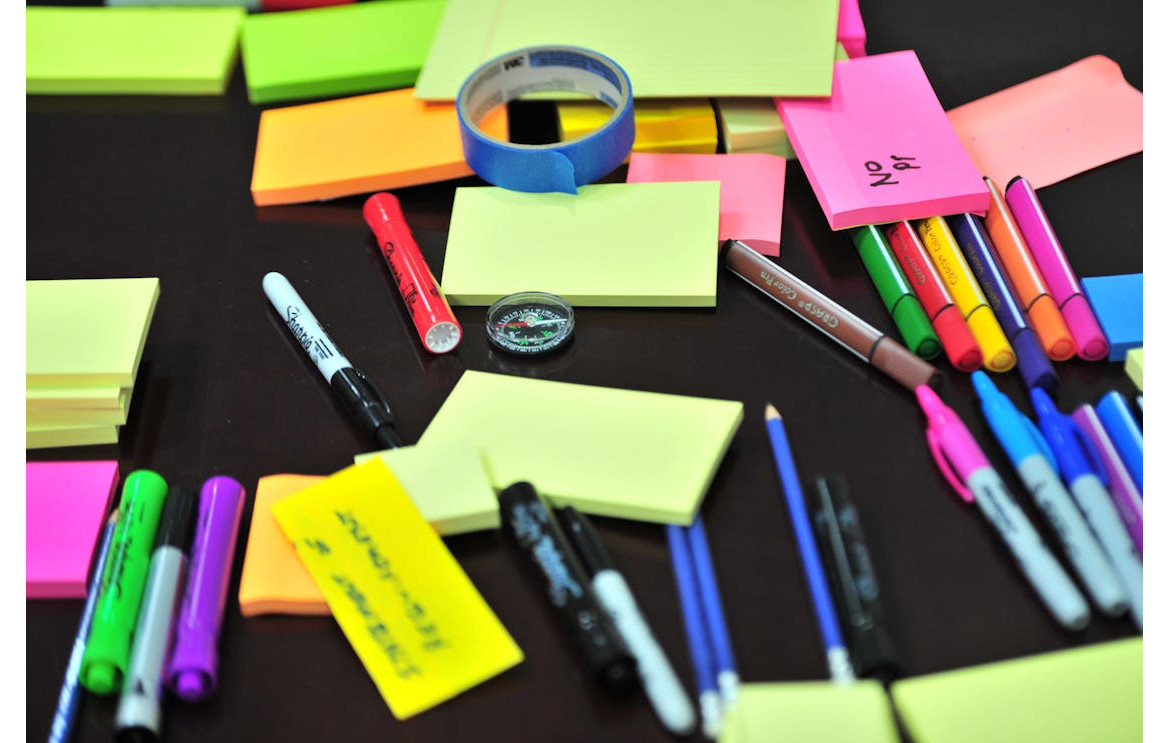
Top Essential School Stationery Items Every Student Needs
16/12/2024
The right stationery is a student’s best companion throughout their academic journey. School stationery not only helps with completing assignments and taking notes but also plays a significant role in fostering creativity, organization, and productivity. Whether you’re a parent shopping for your child or a student gearing up for a new school year.
1. Notebooks and Writing Pads
Notebooks are fundamental for every student, whether in elementary school or college. They’re essential for taking notes, solving problems, and jotting down ideas.
Types of Notebooks to Consider:
1. Ruled Notebooks: Best for writing essays and taking detailed notes.
2. Unruled Notebooks: Perfect for diagrams, sketches, and creative projects.
3. Subject-Specific Notebooks: Keep subjects organized with color-coded or labeled notebooks.
2. Pens
Pens are indispensable for everyday writing tasks, exams, and note-taking. Having a variety of colors is helpful for organizing notes and emphasizing important points.
Popular Types of Pens:
1. Ballpoint Pens: Ideal for smooth, long writing sessions.
2. Gel Pens: Great for neat and vibrant writing.
3. Fountain Pens: Perfect for students who love an elegant touch.
3. Pencils and Erasers
Pencils are a must-have for students, particularly for younger kids or subjects like math and art. A high-quality eraser ensures clean corrections without smudging.
Why Pencils Are Essential:
1. Ideal for rough drafts and problem-solving.
2. Useful for sketching diagrams and practicing handwriting.
4. Sharpeners
A good sharpener is necessary to keep your pencils precise for writing or drawing.
Features to Look For:
A container to collect shavings.
Dual sharpener options for regular and colored pencils.
5. Rulers and Geometry Sets
A ruler is an everyday tool for drawing straight lines, measuring, and creating neat diagrams. For older students, a geometry set is vital for math, physics, and engineering subjects.
What Should Be in a Geometry Set?
Ruler, protractor, compass, divider, and set squares.
6. Highlighters and Markers
Highlighting key information in textbooks or notes helps students quickly review important topics before exams. Markers, on the other hand, are excellent for diagrams, charts, and creative projects.
How to Use Highlighters Effectively:
1. Use different colors for headings, subheadings, and definitions.
2. Avoid over-highlighting; focus on the most critical details.
7. Sticky Notes and Page Markers
Sticky notes are perfect for writing quick reminders, brainstorming ideas, or noting keywords for revision. Page markers help students bookmark important sections in textbooks and notebooks.
Best Practices for Sticky Notes:
1. Use them to jot down formulas or definitions and paste them on your study table.
2. Organize chapters with page markers for efficient studying.
